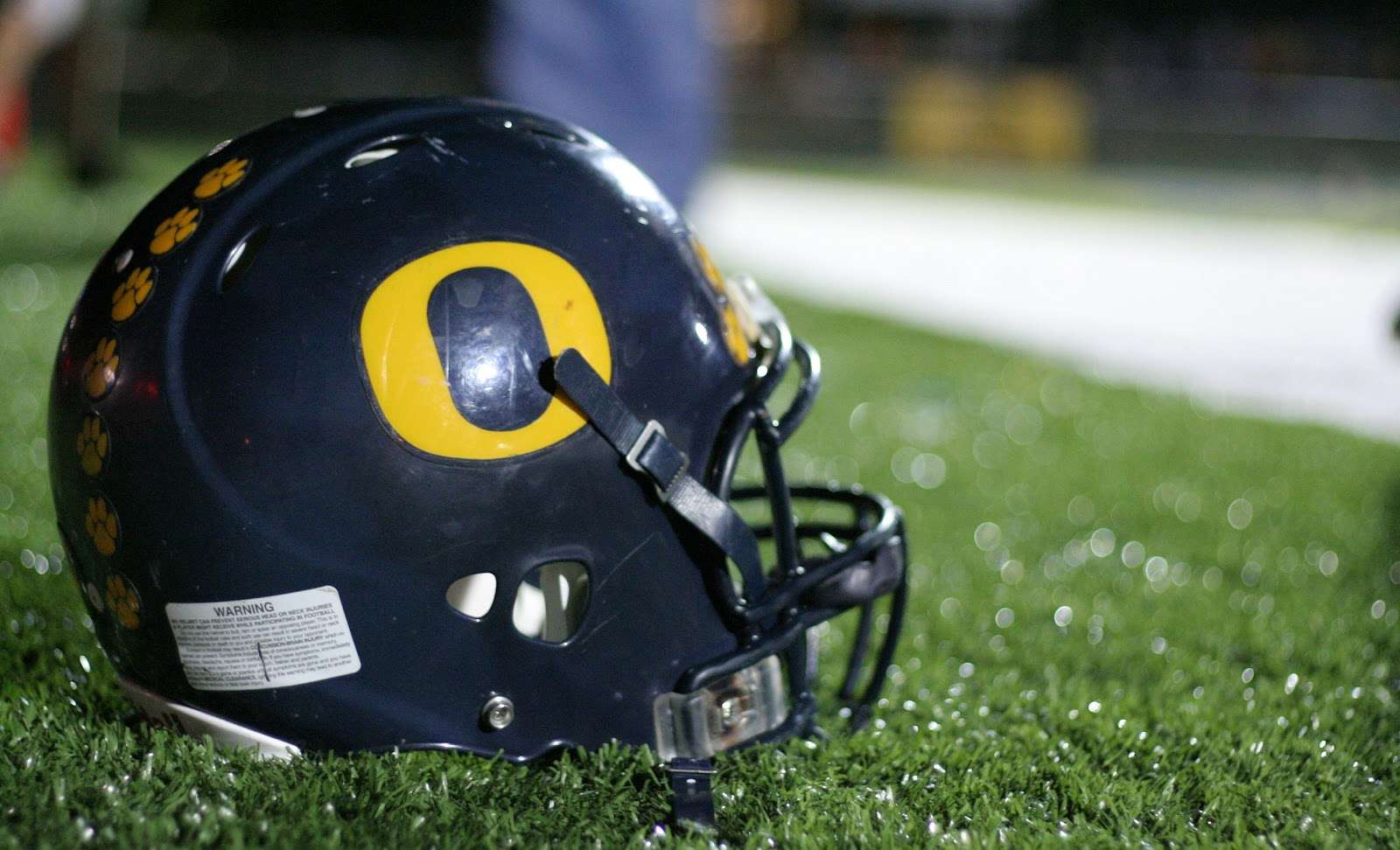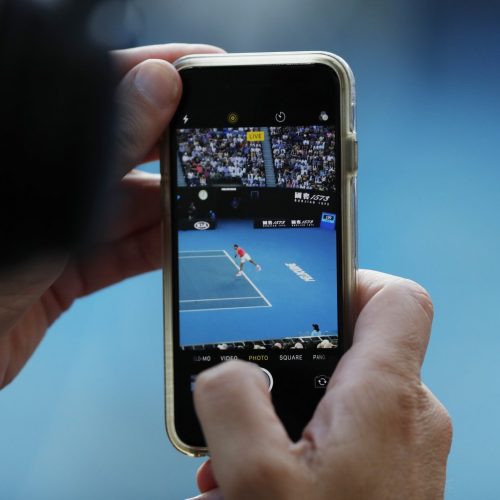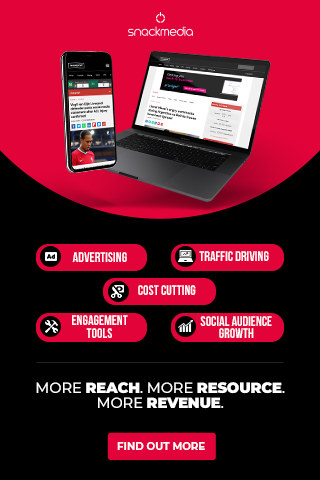Helmet sensors still under review by the NFL
Almost a year after the NFL made the decision not to use mandatory helmet sensors during the 2015 season, this issue is still up in the air regarding the future inclusion of the controversial helmet device. After a plethora of concussion incidents during the 2015 season which will come to a climax with the Super Bowl 50 on Sunday, the NFL is still weighing options to further help protect players.
According to NFL representatives, the league doesn’t feel the research has been extensive enough to draw meaningful conclusions. While approximately 15-20% of NCAA Division I teams are using this new technology to alert medical staff to possible concussion incidences, the NFL just isn’t ready to sign off on the technology and its reliability.
One of the technology’s biggest advocates has been Dr. Kevin M. Guskiewicz from the Department of Exercise and Sport Science at the University of North Carolina. He has noted on several occasions that no matter how accurate the technology might be at this point in time, it is still useful as a tool to help determine how and when players incur the most head impact. By analyzing data as to which kinds of plays cause players to use their helmets for impact, coaches and league officials can look for ways to avoid those plays or adjust the rules to lessen the frequency of said impact.
Stefan Duma, head of the Department of Biomedical Engineering and Mechanics at Virginia Tech agrees that the gathering of data alone makes the helmets a useful endeavor. It should be noted that the helmets are currently being used by players at Virginia Tech. Based on procedures, any player who incurs a hit to the helmet with a force of 98 g forces or more is immediately considered for a concussion examination. In Duma’s opinion, the NFL’s reluctance to move forward with the technology is nothing more than “analysis paralysis.”
As far as the players and league are concerned, there are two issues that need to be address. The first issue is obviously player safety. Over the past five years, the league has taken several major steps to help decrease the frequency and severity of certain types of injuries, especially to the knees, back and head. These steps have included the implementation of mandatory equipment changes and changes within the rules.
Earlier this year, Jeff Miller, NFL vice president and head of the league’s health and safety policies, said this:
“The league’s concern is the health and safety of players and making the game better and safer for those who play it. Whether it’s identifying injuries, treating or investing in new technology and new science to catalyze medicine for the betterment of players and the game, that’s where the league’s interest is.”
The other issue at hand has to do with protecting confidentiality related to each player’s health information. This has been a major sticking point with using these devices. When asked about it, Miller responded “There has to be protocols in place to protect individual players’ health information, and we will certainly respect that.”
The NFL Players Association isn’t so sure the league is ready to do that. They fear that unreliable information from the sensors could be used to pull players from games, which could possibly affect the enforcement of current contract clauses and the negotiation of new contracts. For now, helmet sensors for the NFL remain under consideration.
This article was arranged by and is courtesy of sports journalist John Hawthorne. John’s writing can also be found at freebookmakersbetsandbonuses.com.au.
About author
You might also like
Mallory Group Launches White Paper on the ‘New Normal’ for Sports Rights Holders
Sport is proving to be one of the high-profile business casualties of the Covid-19 pandemic. However, its slow and structured return will be a key factor in life entering the
The seven essentials for achieving successful sports branding
By Daniela McVicker When it comes to sports, great branding is a must. Your brand influences how people see your company or team. It helps you to forge connections with
Live Chat: A New Social Experience in Sports
Article written by John S. Kim, CEO and co-founder of global API company SendBird Social media rose to prominence throughout the world due to its potential for connection. Social channels provided the








